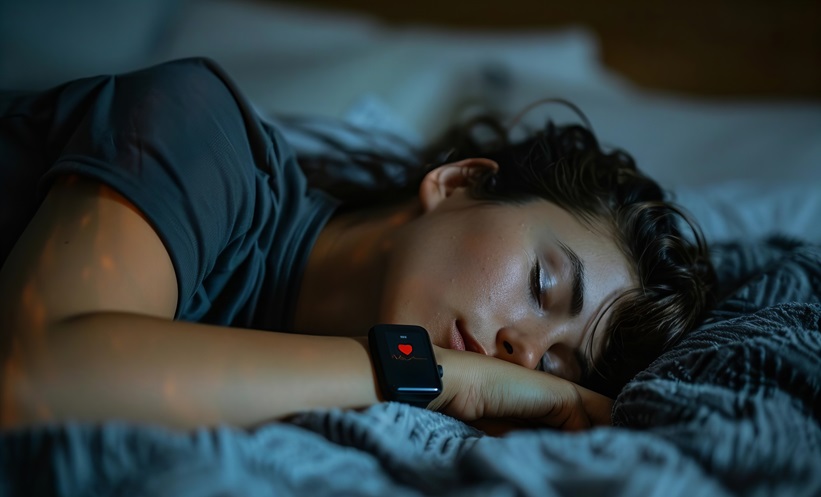WEARABLE and touchless digital health technologies demonstrated analytical validity for measuring nocturnal scratching in adults with atopic dermatitis at home, achieving comparable agreement with human assessment but with some room for performance improvement, particularly in wearable devices.
Atopic dermatitis (AD) is characterised by chronic and intense itching that often worsens at night, leading to nocturnal scratching and significant sleep disturbances. Quantifying nocturnal scratching offers an objective clinical trial endpoint for tracking disease severity and treatment efficacy. However, validating digital health technologies (DHTs) for the reliable measurement of nocturnal scratching in real-world home settings is essential before widespread clinical adoption. This study aimed to evaluate the analytical performance of two DHTs: the GENEActiv wristband with Philips algorithms (a wearable device) and the Emerald radio frequency touchless sensor.
Thirty-one adults were enrolled, including 15 with moderate AD, 11 with mild AD, and 5 healthy volunteers. Over a four-week observation period at home, participants used both DHTs to assess nocturnal scratching. Reference data were collected using infrared video recordings twice weekly, which were manually annotated for sleep windows and scratching events to provide a gold-standard comparison. Both DHTs accurately quantified the total sleep opportunity (TSO) window, with a mean bias of less than 30 minutes when compared to the reference standard. For nocturnal scratch detection, the Emerald touchless sensor achieved higher F1-scores (0.51–0.68) than the Philips wristband (0.47–0.56) across AD severity levels. The intraclass correlation coefficients for night-level scratch duration and frequency were moderate to good (0.5–0.9) in participants with AD, and agreement with human raters was not significantly inferior to that between two human raters. Baseline analysis also revealed low levels of scratching in healthy controls and AD participants, even on itch-free nights.
These findings support the use of both wearable and touchless DHTs for the continuous monitoring of nocturnal scratching in adults with AD in a home setting, with the Emerald sensor showing slightly stronger performance. For clinical practice, integrating these technologies could enable more objective, reliable tracking of pruritus and treatment response outside of clinical trials. Nonetheless, further refinement—especially in precision for wrist-worn accelerometers—is warranted, as is validation in more diverse patient groups. Ongoing development and broader data collection will be crucial for ensuring these technologies reach their full potential in both research and routine care.
Reference
Avey S et al. At-home evaluation of both wearable and touchless digital health technologies for measuring nocturnal scratching in atopic dermatitis: analytical validation study. J Med Internet Res. 2025;27:e72216.








